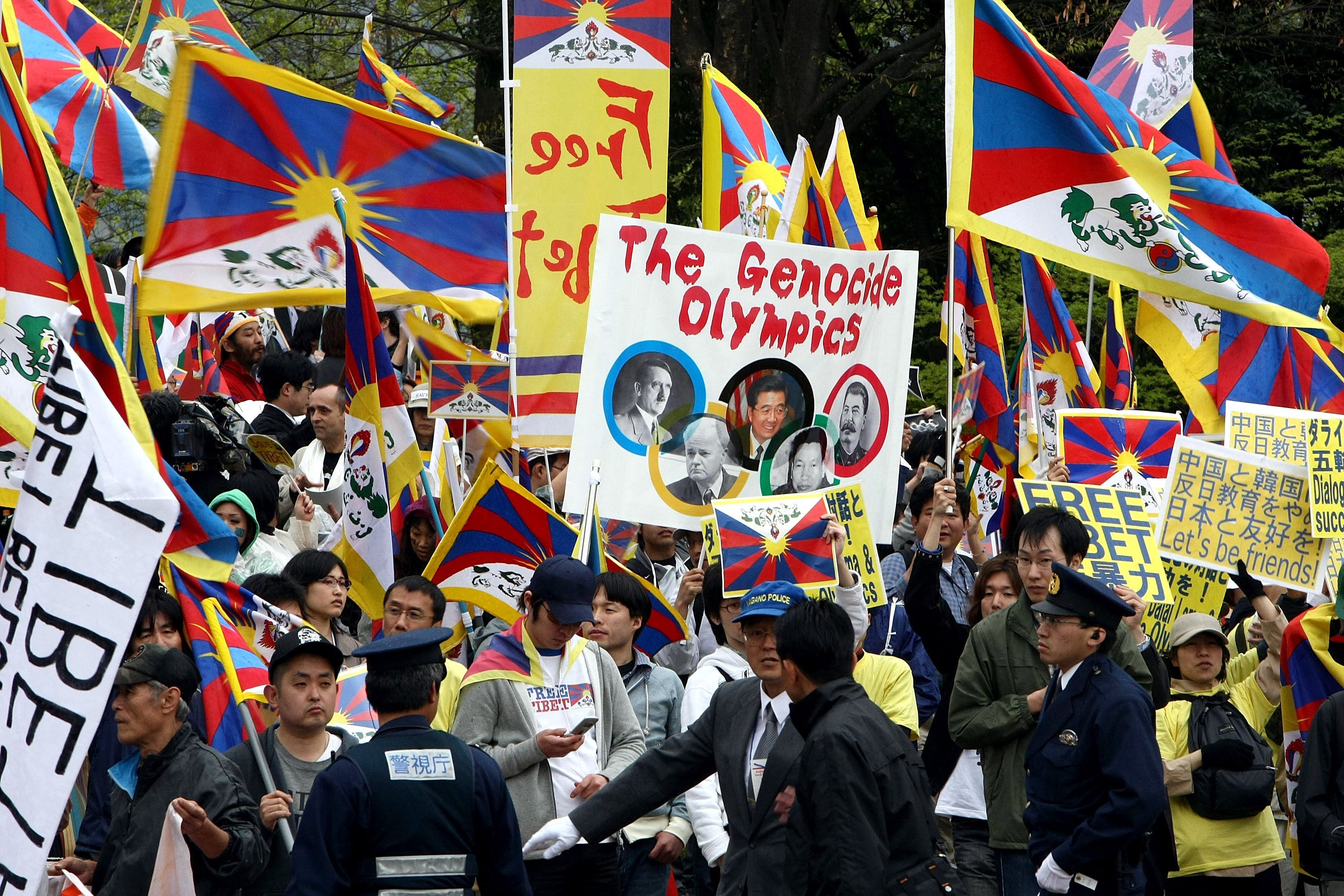
hina’s system of ethnocide was born in Tibet under the ambitions of party official Chen Quanguo. This blueprint for cultural annihilation was then matured in Xinjiang when he was sent there as governor in 2016. But, unlike Xinjiang, where testimonies of mass incarceration and torture of the Uighur ethnic minority frequently reach the outside world, the Tibet Autonomous Region is completely closed off.
The high plateau is out of bounds for the foreign press and Tibetans who attempt to communicate their struggle to the international community face extrajudicial detention for committing “crimes of undermining social stability and inciting separatism”. This lack of access means only whispers of torment reach the ears of those beyond Tibet’s mountain walls. Whispers that tell of monks confined to the slow agony of the “tiger chair”, children split from their families and sent to militarised vocational training schools, and the forced labour camps where hundreds of thousands are having their culture and identity vanquished.
Tibet’s status in the global news agenda has gradually subsided since the uprising in 2008. Protests against the Chinese government’s persecution of Tibetans were scheduled to coincide with the 2008 Summer Olympics in Beijing. The attempt by monks, nuns and non-monastic Tibetans to draw international media attention to their plight was met by a brutal crackdown by the Chinese military and police. However, since then, the condemnation from western governments has been muzzled in favour of protecting trade interests with Beijing and even Hollywood’s “Free Tibet” rallying cry has petered out, leaving Richard Gere alone and exposed in his activism.
Related posts:
Views: 0
 RSS Feed
RSS Feed

















 December 14th, 2020
December 14th, 2020  Awake Goy
Awake Goy  Posted in
Posted in  Tags:
Tags: 
















